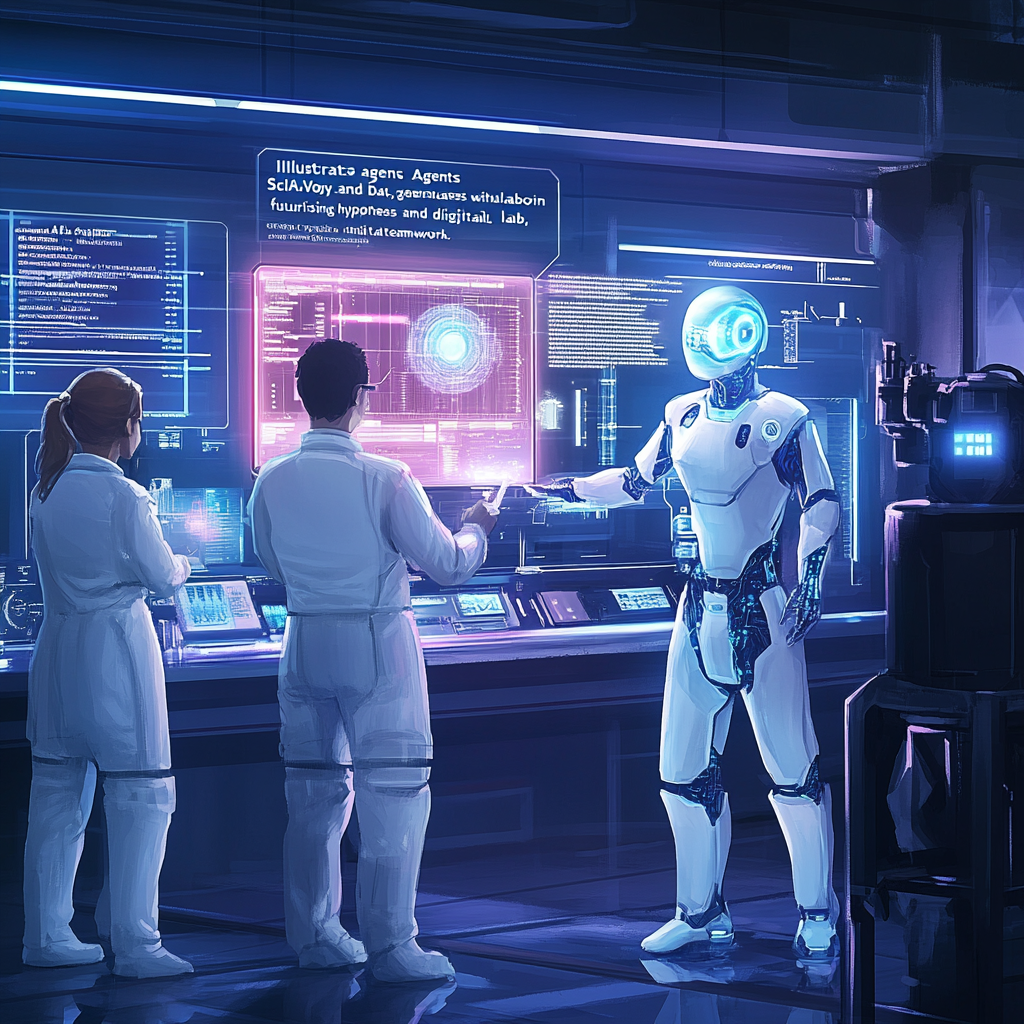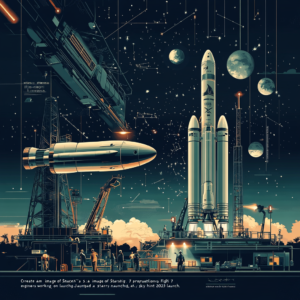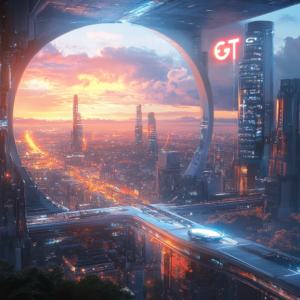
“AI Duplicates Scientific Teamwork to Formulate Data-Based Theories”
In the exhilarating world of scientific discovery, something truly groundbreaking is happening. Picture this: AI agents strutting around like they own the place, mimicking the collaborative spirit of human scientists. Yes, you read that right! These tech whizzes are not just crunching numbers or analyzing data; they're actually generating hypotheses, weaving together ideas with a finesse that rivals a well-choreographed dance. Welcome to the age of AI-driven research, where the landscape is shifting faster than you can say "hypothesis".
Let's talk about the new kid on the block—the SciAgents framework, born from the brilliant minds at MIT. Think of it as a cadre of specialized AI agents, each playing a unique role in the grand theater of scientific inquiry. This isn't mere automation; it’s like sending a diverse team of researchers, equipped with their own specialties, into the lab to tackle complex questions head-on.
So, how does this shiny new toy actually work? The magic lies in graph reasoning and ontological knowledge graphs. Imagine a vast network where scientific concepts are intricately linked, allowing our AI guests to create connections that human minds might overlook. It’s a colossal game of "Six Degrees of Kevin Bacon" but for scientific ideas, allowing the generation of innovative hypotheses that make thinkers raise an eyebrow in astonishment.
Each AI agent within the SciAgents framework has its own forte. For instance, we have the "Ontologist," who’s busy defining scientific terms, making connections as if building an intricate web in a beautiful arts-and-crafts project. Then we have "Scientist 1" and "Scientist 2," the dynamic duo churning out proposals with the enthusiasm of kids before a candy store. All of this culminates in a "Critic" agent, which evaluates these proposals to ensure they hold water. Imagine a scene where each agent huddles together, bouncing ideas off one another, much like a human research team but without the coffee breaks. Delicious!
Now, if you thought SciAgents was cutting-edge, hold onto your lab coats for DataVoyager—a system that takes a different route to the same destination. This gem employs large generative models (trust me, it’s not as intimidating as it sounds) to facilitate data-driven discovery. It's like having an entire research team at your fingertips, ready to dive into the deep end of data analysis.
With a planner, programmer, data expert, and critic among its ranks, DataVoyager orchestrates a symphony of hypothesis generation and verification. These AI agents wade through layers of data like pros, performing statistical tests and creating snippets of code that would make even your tech-savvy friend green with envy. This isn't just number-crunching; it's a digital ballet that brings complex insights to light faster than you can say "scientific advancement."
Of course, with great power comes great responsibility—or, in this case, several challenges that could trip up our ambitious AI amigos. Let's address the elephant in the room: interpretability. AI algorithms can often resemble black boxes, conjuring hypotheses that leave human researchers scratching their heads. How can you trust something you don’t understand? Furthermore, let’s not forget the specter of bias lurking in the dark corners of training data. If the data is skewed, the hypotheses generated could be equally questionable, leaving researchers wondering what happened to objectivity.
And while we're on the subject of partnerships, it's crucial to remember that the interplay between human insight and AI capabilities could be a match made in scientific heaven. Humans bring intuition and contextual awareness, elements that even the most advanced AI systems are still trying to replicate. It’s like having a seasoned chef in the kitchen guiding a smart oven—sure, the oven can cook, but that chef knows how to add paprika for that extra kick.
But it's not all doom and gloom; the dawn of these AI frameworks is proving fruitful in real-world applications. Take biologically inspired materials, for instance. SciAgents has strut its stuff here, suggesting fascinating combinations like integrating silk with dandelion-based pigments. Can you imagine that? Bio-materials with enhanced optical and mechanical properties—sounds like something out of a sci-fi movie, doesn't it?
Future directions are equally thrilling. Researchers are looking to expand these frameworks into uncharted territories, scaling hypotheses and refining evaluation methods until they dance effortlessly through mountains of data. The ultimate goal? To integrate automatic evaluations so that hypotheses are not just churned out but calibrated for effectiveness.
Now, understanding the monumental shifts these AI agents promise is one thing, but embracing them unreservedly is an entirely different kettle of fish. As we leap forward into this brave new world of AI-powered scientific collaboration, we must grapple with the necessity of transparency, unyielding ethics, and the battle against bias. Without human oversight, even the slickest AI can end up off the rails.
So, as we excitedly step into this dazzling future, let's take a moment to appreciate the balance that needs to be struck between man and machine. The technology is awe-inspiring, but it needs to coexist alongside human intuition and critical thinking.
If you want to ride this wave of innovation and stay updated on the latest in neural networks and automation, don’t just stand there, join the conversation! Subscribe to our Telegram channel: @channel_neirotoken.

